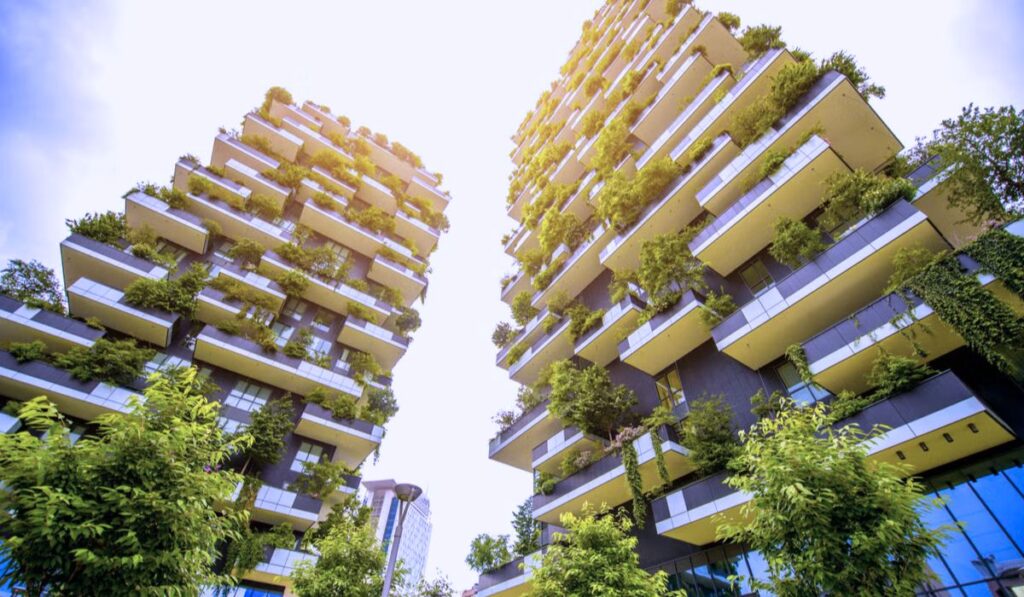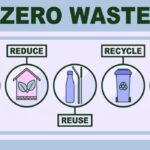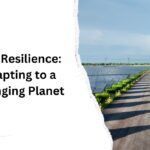In the midst of the challenges posed by climate change and environmental degradation, humanity is increasingly turning its gaze towards sustainable solutions. The vision of a future where humanity lives in harmony with nature, where resources are preserved and ecosystems flourish, has never been more compelling. This vision, often referred to as the “Green Dream,” encompasses a myriad of initiatives, technologies, and practices aimed at creating a sustainable future for generations to come.
At the heart of the Green Dream lies the concept of sustainability – the idea that our actions should meet the needs of the present without compromising the ability of future generations to meet their own needs. This fundamental principle guides efforts to reduce carbon emissions, protect biodiversity, and promote social equity. It is a vision that transcends borders and ideologies, uniting people from all walks of life in a common cause.
One of the key pillars of the Green Dream is renewable energy. Fossil fuels, long the dominant source of energy, are finite and environmentally damaging. In contrast, renewable energy sources such as solar, wind, and hydroelectric power offer clean, abundant alternatives. Advances in technology have made these sources increasingly cost-effective and efficient, paving the way for a transition to a renewable energy economy. From solar panels on rooftops to wind farms dotting the landscape, the vision of a world powered by renewable energy is becoming a reality.
But the Green Dream extends beyond energy to encompass every aspect of human activity. It involves rethinking how we produce and consume goods, how we manage waste, and how we interact with the natural world. Sustainable agriculture practices such as organic farming and permaculture prioritize soil health and biodiversity, yielding nutritious food while minimizing environmental impact. Circular economy models aim to eliminate waste by designing products that can be reused, repaired, or recycled, reducing the burden on landfills and conserving resources.
Crucially, the Green Dream is not just about protecting the environment – it is also about creating a more just and equitable society. Environmental degradation often disproportionately affects marginalized communities, exacerbating social inequalities. By promoting sustainable development that prioritizes social equity, the Green Dream seeks to ensure that all people have access to clean air and water, healthy food, and green spaces. It is a vision of a world where prosperity is shared and no one is left behind.
Realizing the Green Dream will require concerted effort and collaboration on a global scale. Governments, businesses, and civil society must work together to implement policies and practices that support sustainability. This includes investing in renewable energy infrastructure, enacting regulations to limit pollution and protect ecosystems, and promoting education and awareness about the importance of sustainability.
Individuals also have a role to play in bringing the Green Dream to fruition. By making conscious choices in our daily lives – from reducing our carbon footprint to supporting sustainable businesses – we can contribute to a more sustainable future. Every action, no matter how small, has the potential to make a difference.
In the face of daunting environmental challenges, the Green Dream offers a ray of hope. It is a vision of a future where humanity lives in harmony with the planet, where prosperity is shared, and where future generations can thrive. By embracing the principles of sustainability and working together towards common goals, we can turn this vision into reality. Green dreams indeed have the power to shape a sustainable future for all.


